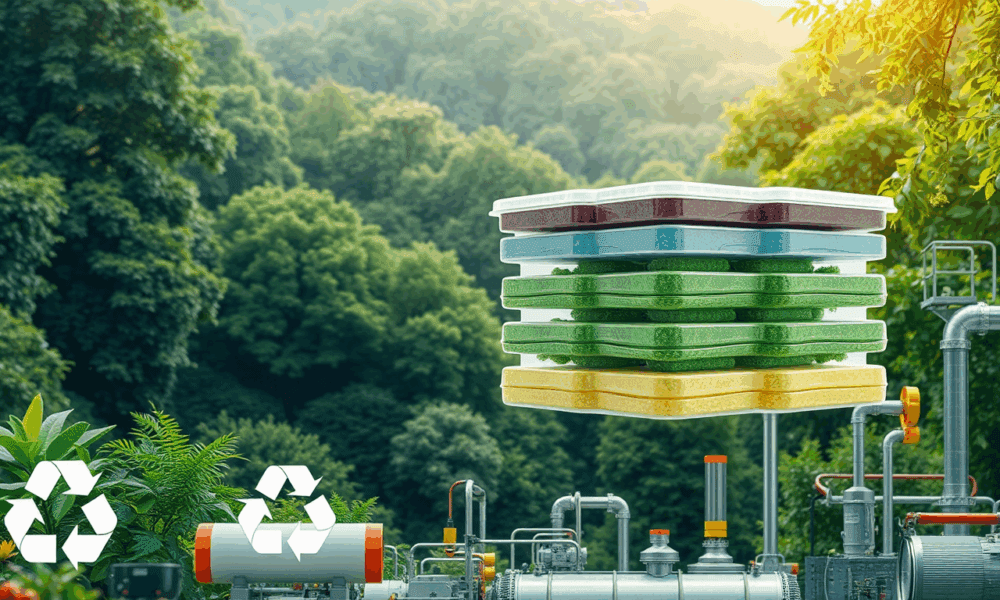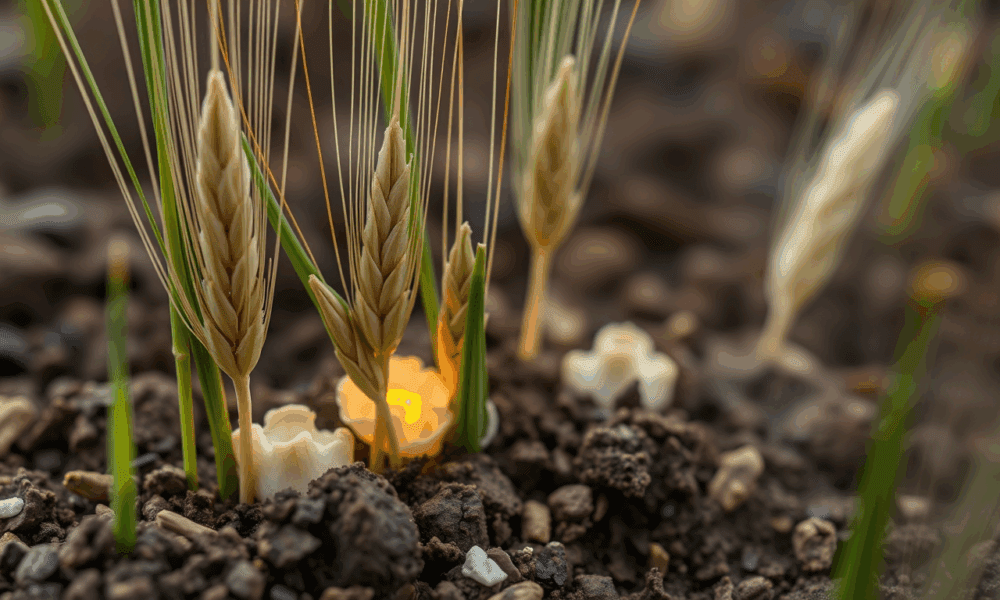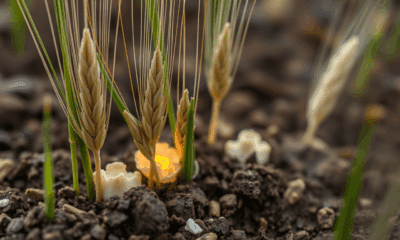


NASA-backed simulations reveal that meltwater from Greenland’s Jakobshavn Glacier lifts deep-ocean nutrients to the surface, sparking large summer blooms of phytoplankton that feed the Arctic food...



Plastic pollution is a mounting global issue, but scientists at Washington University in St. Louis have taken a bold step forward by creating a new bioplastic...



Between 2003 and 2021, Earth saw a net boost in photosynthesis, mainly thanks to land plants thriving in warming, wetter conditions—especially in temperate and high-latitude regions....



Air pollution isn't just bad for your lungs—it may be eroding your brain. In a sweeping review covering nearly 30 million people, researchers found that common...



A new eco-friendly plastic called LAHB has shown it can biodegrade even in the extreme environment of the deep ocean, unlike conventional plastics that persist for...



Scientists have discovered that pairing bread wheat with a special soil fungus can significantly enhance its nutritional value. This partnership leads to bigger grains rich in...



Scientists in Australia have uncovered the biological triggers behind oil production in oats, a discovery that could revolutionize how oats are processed and marketed. By using...



Millions of tons of plastic in the ocean aren't floating in plain sight—they're invisible. Scientists have now confirmed that the most abundant form of plastic in...



An ancient glacier high in the French Alps has revealed the oldest known ice in Western Europe—dating back over 12,000 years to the last Ice Age....



Feral honey bees, once celebrated for their agricultural value, are now threatening native ecosystems in Southern California by monopolizing pollen sources and overwhelming native pollinators. A...